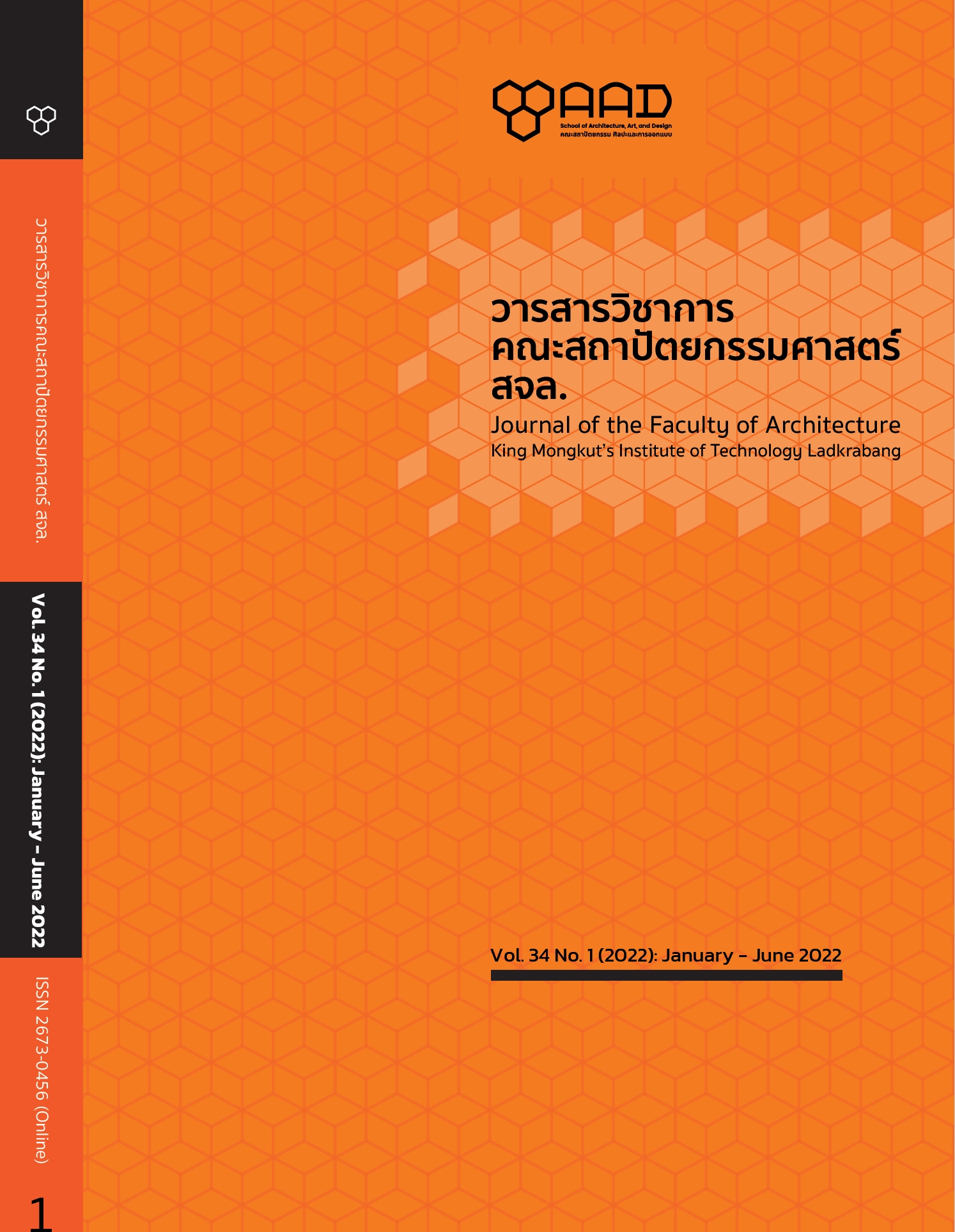Conservation and Development of The Treasury of Cultural Information for Ang Sila Traditional Market Community, Chonburi province
Main Article Content
Abstract
The research of Conservation and Development of The Treasury of Cultural Information for Ang Sila Traditional Market Community, Chonburi has the objectives following this; 1) to study the factors influencing the elements and qualifications for the cultural treasury of Ang Sila traditional market community 2) to design the cultural treasury information of Ang Sila traditional market community, Chonburi province, enhancing the cultural knowledge and 3) to develop the cultural treasury information of Ang Sila traditional market community, Chonburi province as public and accessible knowledge information. Moreover, the scope of the research is to study the wisdom and culture in the local administrative extension - Muang Ang Sila municipality, Chonburi where raises four districts; Ang Sila, Ban Puek, Some part of Huai Kapi, and some part of Samed for enhancing the cultural treasury information of Ang Sila traditional market community both intangible cultural heritage and tangible cultural heritage.
The mixed methods were used as a methodology for R4 and D3 model development. It is applied for studying the research of Conservation and Development of The Treasury of Cultural information where influences the learning and people can access equally. This also is the co-knowledge sharing system for Ang Sila community. The result found that factors that affect the composition and qualification of cultural treasury information of traditional market Ang Sila community consisted of 3 components: 1) the knowledge sources of the community, 2) the process of knowledge management 3) storage and publicity. The researcher used the factors to develop a model for cultural treasury which is a high possibility, showing the reflection of this research objective that the treasury of cultural information of traditional market Ang Sila community can influence the learning and people can access equally is at high possible.
Article Details

This work is licensed under a Creative Commons Attribution-NonCommercial-NoDerivatives 4.0 International License.
This work is licensed under a Creative Commons Attribution-NonCommercial-ShareAlike 4.0 International License.
Copyright Transfer Statement
The copyright of this article is transferred to Journal of The Faculty of Architecture King Mongkut's Institute of Technology Ladkrabang with effect if and when the article is accepted for publication. The copyright transfer covers the exclusive right to reproduce and distribute the article, including reprints, translations, photographic reproductions, electronic form (offline, online) or any other reproductions of similar nature.
The author warrants that this contribution is original and that he/she has full power to make this grant. The author signs for and accepts responsibility for releasing this material on behalf of any and all co-authors.
References
กรมส่งเสริมวัฒนธรรม. (2558). คู่มือการเสนอขอขึ้นทะเบียนมรดกภูมิปัญญาทางวัฒนธรรมของชาติ. กรุงเทพฯ: สำนักงานกิจการโรงพิมพ์ องค์การสงเคราะห์ทหารผ่านศึกในพระบรมราชูปถัมภ์.
โกวิทย์ ทะลิ. (2559). คู่มือแบบจำลองการนำเสนอสาระพิพิธภัณฑ์ท้องถิ่นตามแนวคิดปัจจุบันสู่อดีตผ่านเทคโนโลยีดิจิทัล: กรณี (ศึกษา) พิพิธภัณฑ์ท้องถิ่นอ่างศิลา. นนทบุรี: องศาสบายดี.
จิรวัฒน์ พิระสันต์. (2557). ชุมชนปฏิบัติการด้านการเรียนรู้ทางด้านศิลปกรรม. พิษณุโลก: โรงพิมพ์ดาวเงิน.
จุลลดา มีจุล และคณะ. (2553). การวิจัยและพัฒนาพิพิธภัณฑ์ในมหาวิทยาลัย. วารสารสถาบันวัฒนธรรมและศิลปะมหาวิทยาลัยศรีนครินทรวิโรฒ. 12(1), 39-61.
ชัยยงค์ พรหมวงศ์. (2563). การวิจัยแบบวิจัยและพัฒนานวัตกรรมทางการศึกษา. เข้าถึงได้จาก: http://www.educ.su.ac.th/2013/images/stories/210655_01.pdf.
พระราชบัญญัติ ส่งเสริมและรักษามรดกภูมิปัญญาทางวัฒนธรรม พ.ศ. 2559. (2559, 1 มีนาคม). ราชกิจจานุเบกษา. เล่มที่ 133 ตอนที่ 19 ก. หน้า 1-9.
ภารดี มหาขันธ์. (2558). ประวัติศาสตร์สังคมภูมิปัญญาท้องถิ่นอ่างศิลา. นครปฐม: สินทวีกิจ.
ภารดี มหาขันธ์. (2560). ความหลากหลายทางนิเวศวัฒนธรรมบางปลาสร้อย: ฐานรากและภูมิพลัง จังหวัดชลบุรี. นนทบุรี: ปริ้นท์โอโซน.
ศูนย์มานุษยวิทยาสิรินธร. (2540). เอกสารการสัมมนาทางวิชาการพิพิธภัณฑ์ท้องถิ่นในประเทศไทย. กรุงเทพฯ: ศูนย์มานุษยวิทยาสิรินธร.
ศูนย์วัฒนธรรมจังหวัดชลบุรี โรงเรียนชลกันยานุกูล. (2541). อ่างศิลาวันวาน...ถึงวันนี้. ชลบุรี: ศูนย์วัฒนธรรมจังหวัดชลบุรี.
สถาบันวิจัยภาษาและวัฒนธรรมเอเชีย. (2563). การจัดทำคลังข้อมูลดิจิทัลด้านภาษาและวัฒนธรรมของกลุ่มชาติพันธุ์ในประเทศไทย. กรุงเทพฯ: จรัลสนิทวงศ์การพิมพ์.
สำนักจัดการสิ่งแวดล้อมธรรมชาติและศิลปกรรม. (2557). อนุสัญญาว่าด้วยการคุ้มครองมรดกโลกทางวัฒนธรรมและทางธรรมชาติ. กรุงเทพฯ: บริษัท โมโนกราฟ สตูดิโอ จำกัด.
George Siemens. (2005). Connectivism: A learning theory for the digital age. International journal of instructional technology and distance learning. Retrieved from: http://www.ingedewaard.net/papers/connectivism/2005_siemens_ALearningTheoryForTheDigitalAge.pdf.


